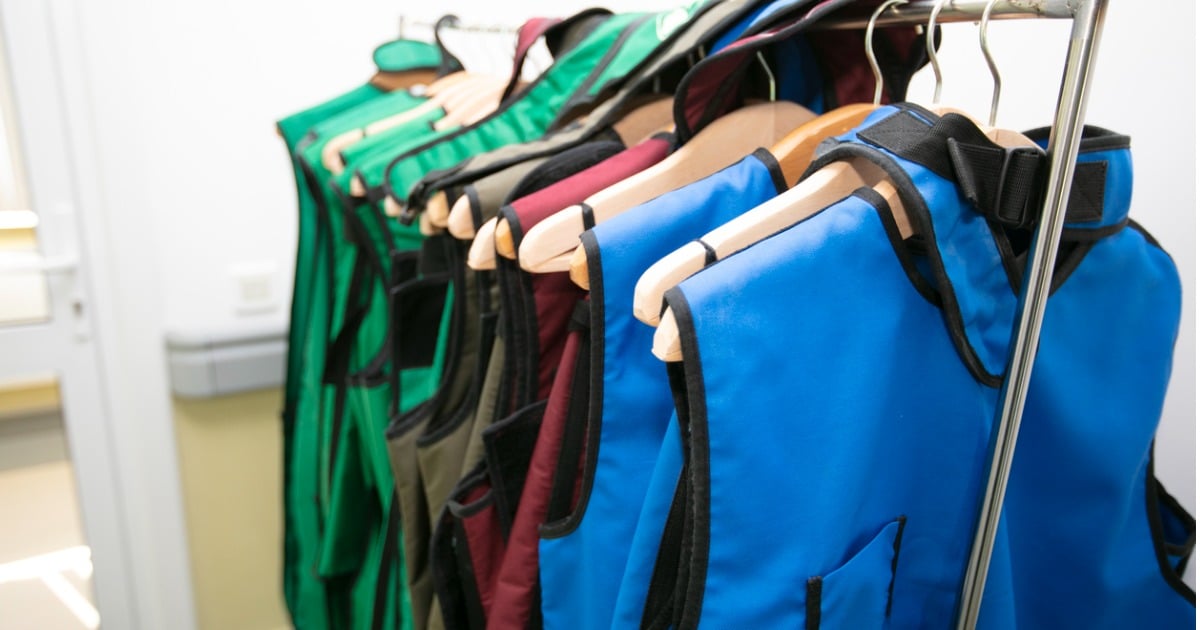Technical improvements to dental radiographic equipment combined with enhanced imaging techniques have decreased patients’ radiation exposure substantially over the last three decades.
Meanwhile, reviews of recent studies and reports by radiation protection organizations on the use of patient shielding during dental X-rays have led researchers and organizations to conclude that radiation doses from dentomaxillofacial imaging pose negligible risk.
Also considering that lead aprons provide no protection from internal scattered radiation, the American Academy of Oral and Maxillofacial Radiology recommends that thyroid and gonadal shielding during diagnostic intraoral, panoramic, cephalometric and CBCT imaging be discontinued as routine practice.
“There is ample evidence in scientific literature that shows that the apron and thyroid collar do not provide any additional benefit,” said Aruna Ramesh, DMD, a co-author of the article outlining the recommendation, which was published in the Journal of the American Dental Association in September.
The academy goes further to state that federal, state and local regulations and guidance “should be revised to remove any actual or implied requirement.” The American Association of Physicists in Medicine and the British Institute of Radiology have issued similar recommendations.
California regulation requires the use of lead aprons
Dentists may be reading these studies with interest and concern for how the discontinuation of required patient shielding would bear out in their practices, but, for now, section 30311 of California’s Code of Regulations still stands:
- Each patient undergoing dental radiography shall be draped with a protective apron of not less than 0.25 millimeter lead-equivalent to cover the gonadal area.
This protective apron can be lead-impregnated leather or vinyl and must cover the reproductive organs of all patients, including pregnant patients, who undergo dental X-ray examinations.
A specially designed lead-impregnated thyroid collar can but is not required to be used to protect the thyroid gland from excessive or unnecessary radiation during intraoral X-ray exposures.
CDA’s member-only resources Radiation Safety in Dental Practice: A Study Guide and Radiation Safety Instructions provide more information on patient protection, the care and inspection of protective aprons and the responsibilities of dental personnel who operate X-ray equipment.
CDA will communicate any change in state’s radiographic regulations
With a sizable and growing body of evidence that refutes the protective benefit of lead aprons, CDA anticipates discussing regulatory changes with the California Department of Public Health in the near future and would communicate any forthcoming changes early and thoroughly with dentists.
Discontinuing the requirement to use protective aprons during dental X-rays would likely require new safety training for the dental team and cohesive patient communications. Dentists would need to explain why the dental office is no longer required to use lead aprons and be prepared to address patient questions and concerns with careful consideration given to pediatric patients and patients who may be apprehensive.
Looking for more guidance on complying with regulations? See CDA’s full library of environment and radiation resources or contact an expert analyst.

